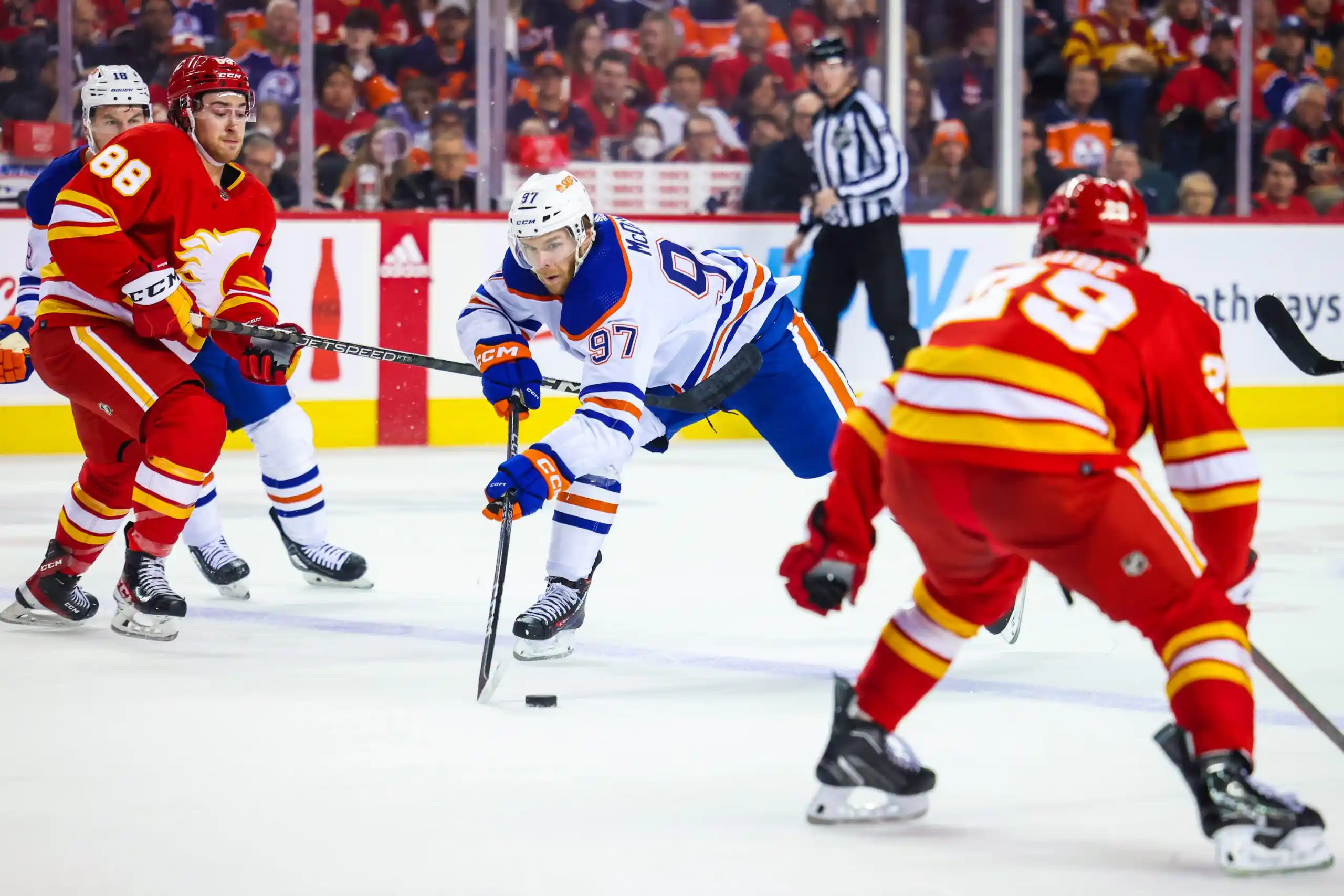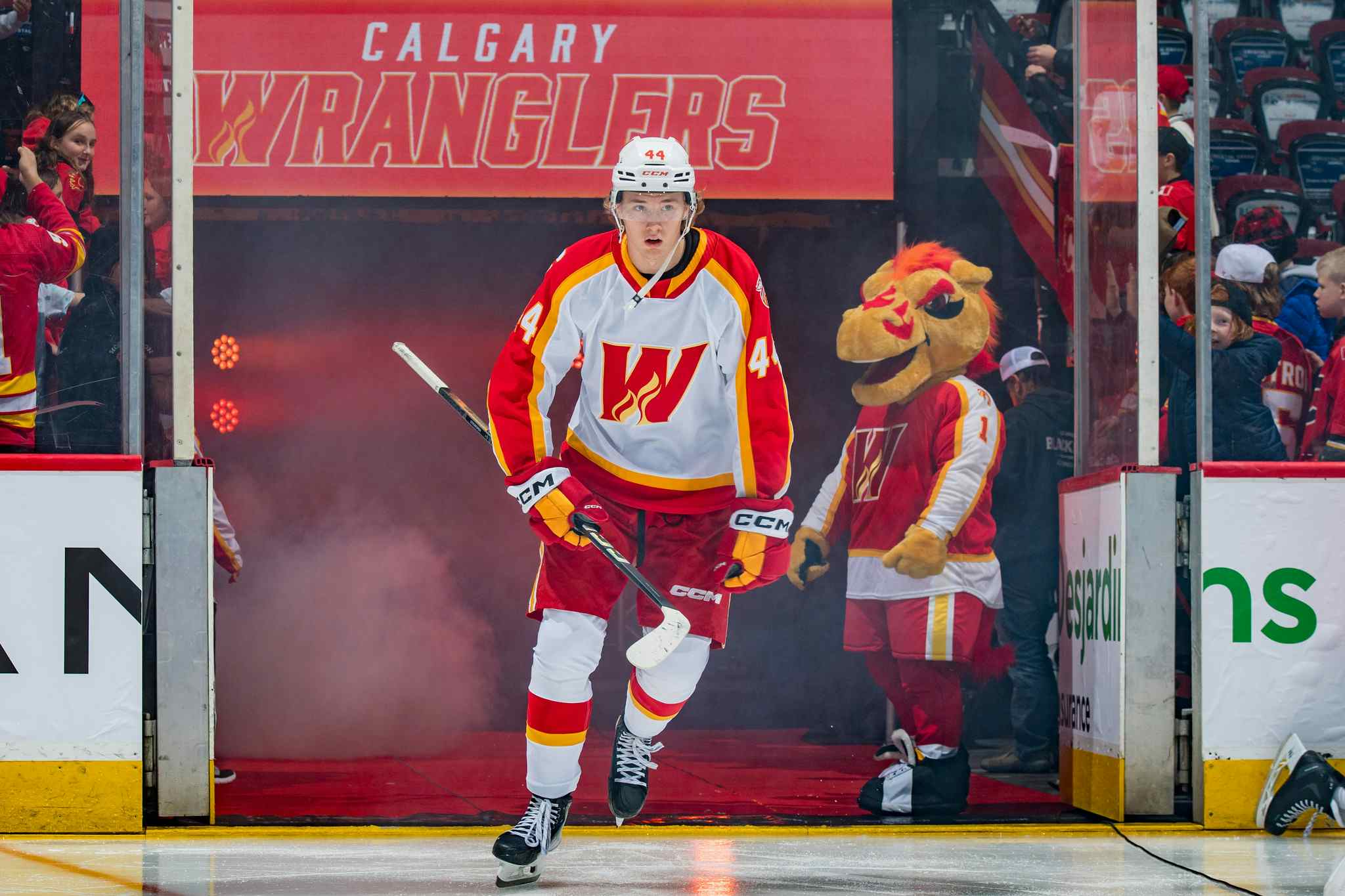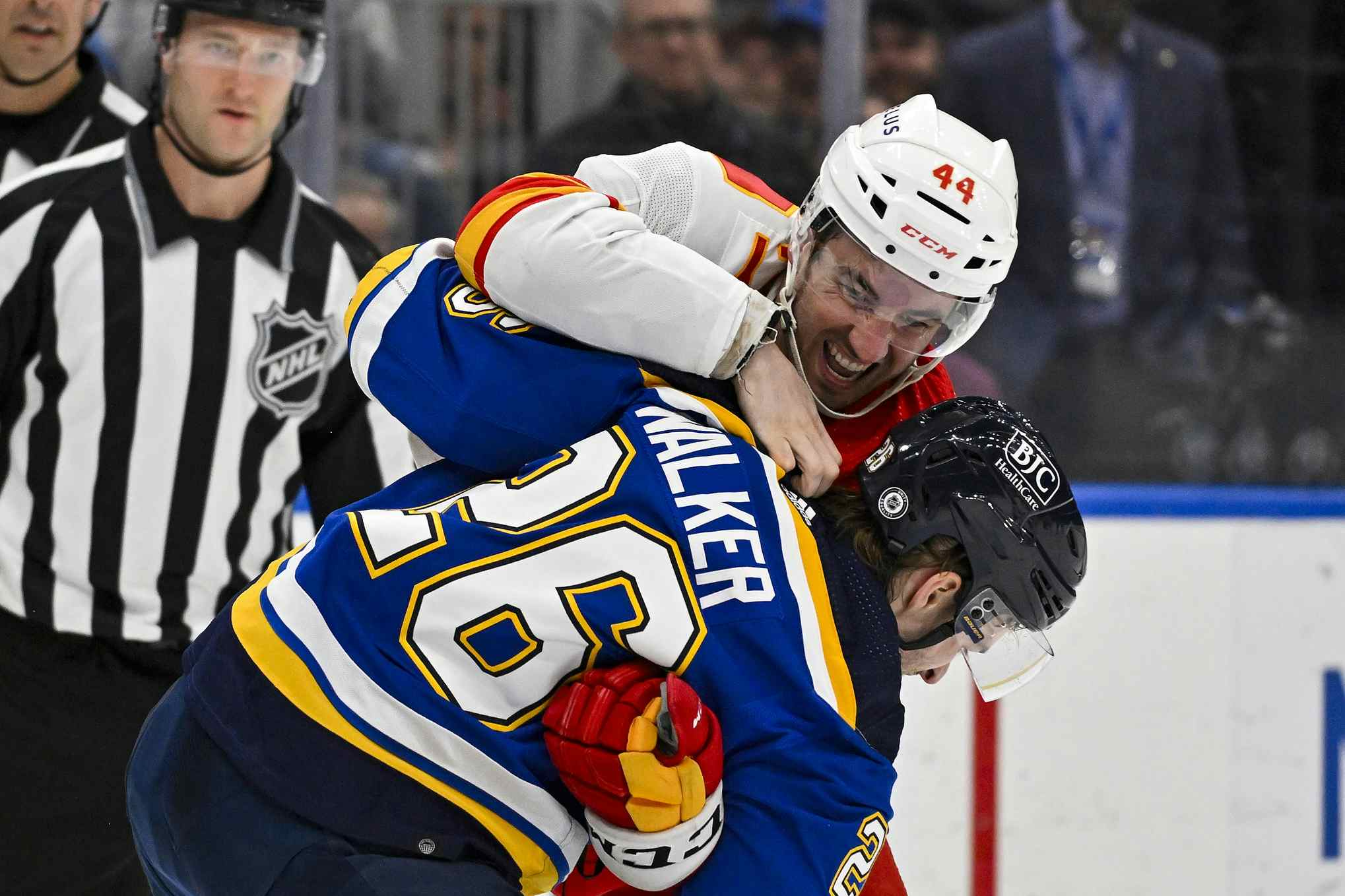Time on ice quality of competition and the Calgary Flames
By Ryan Pike
11 years agoOur colleague Eric T over at NHLNumbers has put together a nice addition to the world of advanced stats – time on ice quality of competition (or TOI qualcomp).
The logic is rather simple: a team’s best players will generally play the most minutes, the second-best play the second most and so on. As such, you can rate the quality of competition that a club’s players face based on the amount of ice-time their opposition usually gets.
“Basically, what we’re finding is that a team’s best line tends to face opponents who get a lot of ice time, even if those opponents don’t tend to outshoot their opponents.”
What the time on ice quality of competition metric does is split up measures between forwards and defenders. While you’d expect a team’s best forwards to be matched up generally against the other team’s best forwards, what about defensemen? Will the best forwards also face the top blueline pairing? Or different players? This added dynamic is perhaps the most intriguing part of TOI qualcomp.
“Now instead of just a single competition metric that answers the question "how good were his opponents", we have a two-dimensional competition metric that answers the more complex question "what kind of opponents did he face?"”
A LOOK AT CALGARY
FLAMES FORWARDS AGAINST FORWARDS
Looking at the Flames forwards, it unfolds roughly the way one would expect, albeit with one small exception. Olli Jokinen, Curtis Glencross, Jarome Iginla, Alex Tanguay and Mike Cammalleri all faced the opposition’s top players. All of them are pretty closely clustered together. A bit surprising is that Mikael Backlund is pretty tightly grouped into the Flames top-six in this respect.
Group together further down the depth chart are Blake Comeau and Lee Stempniak, who faced comparable competition, but usually the lesser lights than Iginla and company faced.
Then you get to the guys that faced the other team’s bottom enders: Blair Jones, Matt Stajan, Roman Horak and Tom Kostopoulos. Tim Jackman is separated out from this group, indicating that even among the Flames’ bottom group of players, he faced the lesser, lesser lights.
FLAMES FORWARDS AGAINST DEFENDERS
A similar story is told in regards to Flames forwards against opposition blue-liners. Iginla, Cammalleri, Tanguay, Jokinen, Glencross and Backlund typically faced the other club’s best.
After them, things get clustered into a pretty incomprehensible clump. Within that club, it appears that Roman Horak, Lee Stempniak, Matt Stajan, Blake Comeau, Blair Jones, Tom Kostopoulos and Tim Jackman, in roughly that order, faced increasingly weaker opposition.
Yes, again, Tim Jackman gets the soft underbelly.
HOW DOES IT COMPARE TO CORSI REL QOC?
Comparing TOI QoC to the commonly-used Corsi Rel QoC (corsi relative qulaity of competition, which uses shot based metrics rather than ice time and corrects for team strength). There is a lot of agrement between the two measures, so we see a similar pattern emerge.
The top six? Glencross, Jokinen, Iginla, Backlund, Cammalleri and Tanguay, in that order. The rest of the forwards stack up pretty close to where they did, with the forward time-on-ice metric rank matching up exact with the internal Corsi Rel rank. In other words, Tim Jackman faced really weak competition.
CONCLUSION
Let’s face it, looking at ice time when evaluating players isn’t exactly reinventing the wheel. It’s logical, as Eric postulated, to look at ice time. The fact that ice time matches fairly close to the fancier metrics of player evaluation probably indicates that it’s a fairly good tool to be using, as it provides a bit more depth than the other metrics. The fact that TOI qualcomp can be broken into two dimensions, forward and defense, gives it a lot of value as an analysis tool.
It will be interesting to see how the Flames will be grouped by this measures next year under Bob Hartley. Brent Sutter used his top-six almost exclusively against other team’s big guns, while the bottom-six was reserved for other team’s checkers and goons. As discussed by various people in VF’s recent Glencross article, the Flames don’t have any obvious PvP line or a checking line as things stand, so it will be interesting to see how the new coach organizes his match-ups.
Recent articles from Ryan Pike





